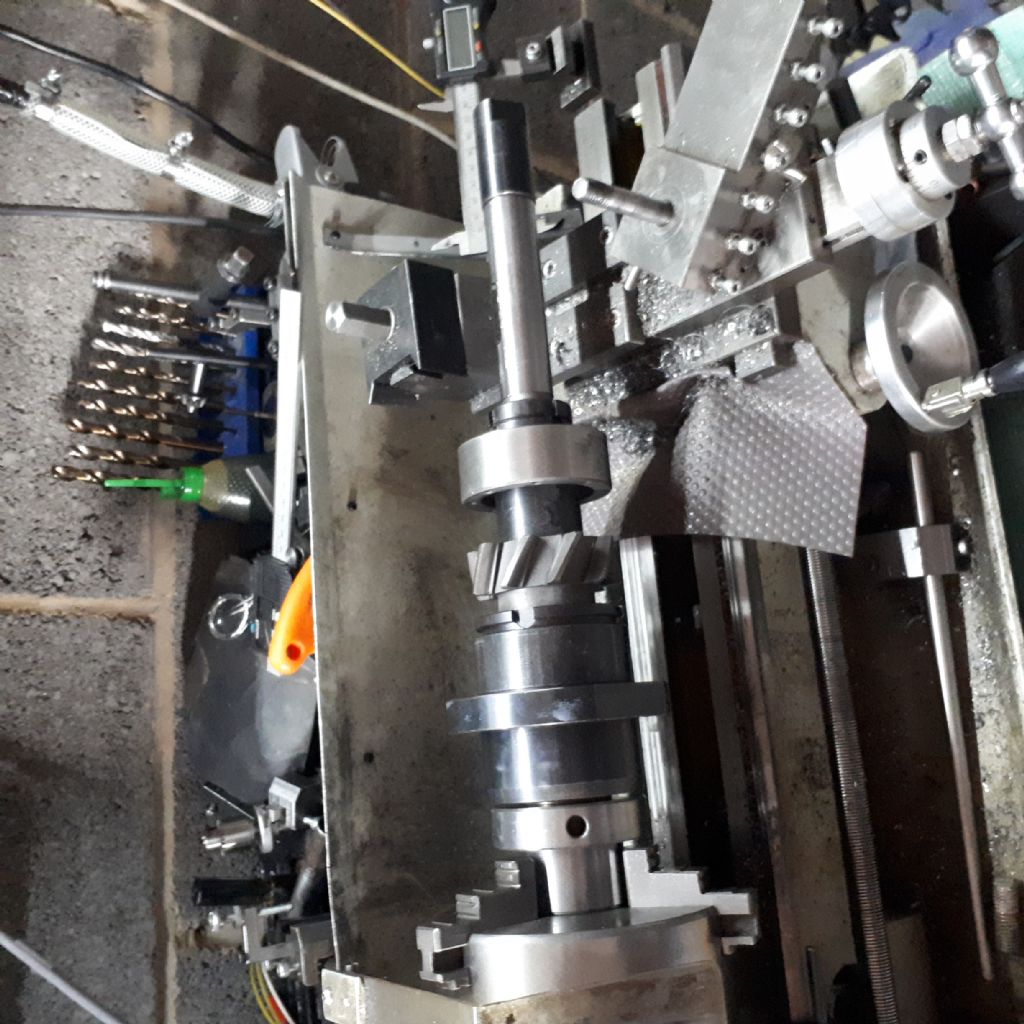Posted by RMA on 17/06/2019 08:36:45:
Yes I would generally agree with that, but the OP suggested two options including changing to tapers. Personally, if I was going to use the machine a lot and hard, I would change to tapers if the castings allowed for the mod.
Cost is another concern the OP has, but again it depends what the machine will be used for.
I understand, and after re-reading the OP, I also get where you are coming from. In that respect, you are right.
So, I need to clarify my earlier position. This is my opinion… Most machine designers have taken various factors into consideration, and reached a balance/compromise for the type of bearings they have used in the spindle of their machine. For this reason, I have gone along the line of changing like for like… where possible.
So, if one still wants to change the type of bearings which are in their spindle assembly, here are some of the points to consider…
For example, changing from general 'ball raced bearings' to 'angular contact (ball raced) bearings, will allow for a good improvement in accuracy. Similarly, going from angular contact bearings to Taper roller bearings will give a further improvement in accuracy.
The pre-load on bearings is one of the factors. All other things being equal, if you change from ball raced bearings to angular contact bearings, the max speed will reduce based on contact angle and pre-load, and the max speed will further reduce if you change to taper roller bearings, mainly due to the surface area of the rollers in contact with the inner ring, and how much pre-load is applied.
Another factor is the electronics. If changing from one type of bearing to another, one needs to consider the following: With more pre-load facility available for Angular contact bearings, the motor 'may' have to work harder to turn the spindle, and it may have to work even harder for taper roller bearings. The question then arises, is the motor up to it?, is the belt drive or gear train up to it? So, one has to consider the balance of pre-load to motor load to forces on the gear train/belt drive, to get the accuracy required. Are the electronics up to it?
Another factor is heat generation.. are the new bearings lubricated correctly with the right type of grease?, and is the quantity of grease put inside the bearings correct (usually roughly less than 20% of internal volume of the bearing). If this is correct, how will the pre-load on such assembly behave in terms of heat generation, if you change from Angular Contact bearings to taper roller bearings (TRB), when running the spindle at 6000 rpm?, combined with the load on the motor… correct running in procedure – short term high heat generation before settlement, etc…
In our experience, going from ball raced bearings to angular contact bearings is a reasonable change one may wish to consider. However, going from ball raced bearings, or angular contact ball raced bearings to TRB, especially where higher speeds are involved, is something one should be more careful about, keeping in mind the points raised above. For manual hobby machines upto 3000 rpm, this may be a small issue…. subject to control board overload protection/or not.
There are various other points, relating to the cutting tools used before and after such changes, and their effects on the tool – HSS or Carbide (which need higher speeds). As carbide seems to be a new fashion thing, reduction in speed could have deferent effects on the cutter, as well as the results.
So, really up to the person making the change to consider many factors before making a change.
You also made a good point with reference to TRB: 'if the castings allowed for the mod' and/or the inner spindle assembly allowed for it.
These are just observations ( I am not trying to create an argument). 
Ketan at ARC.
Michael Horner.






